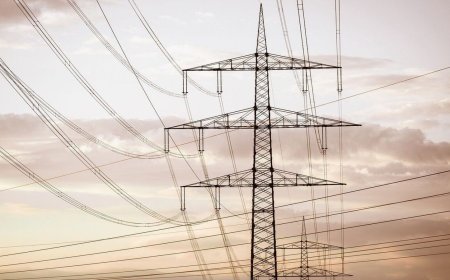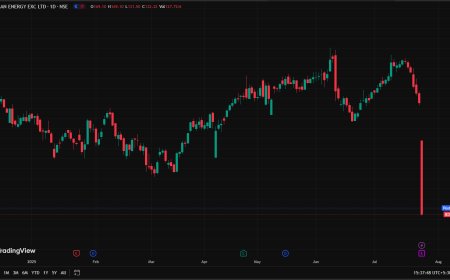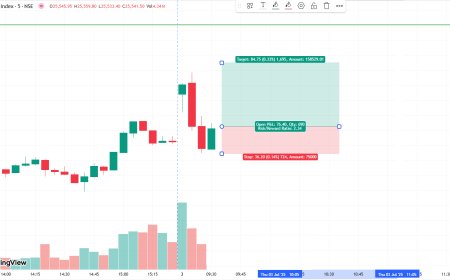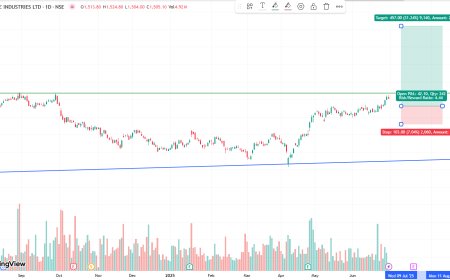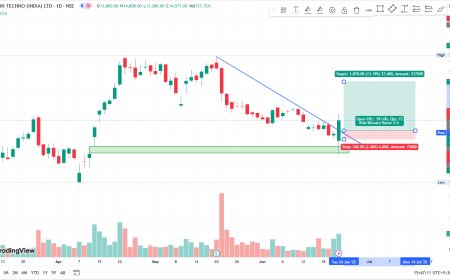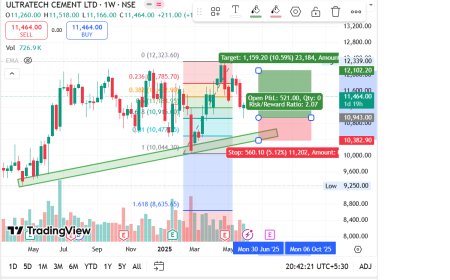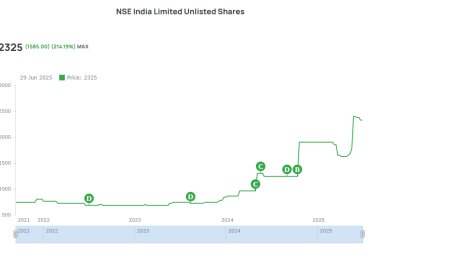Govt to Boost Domestic Earth Magnet Production, Provide Fiscal Incentives amid Chinese Export Curbs
Amid Chinese export restrictions, India unveils incentives to ramp up domestic rare earth magnet production, aiding EV, defense, and wind energy sectors.
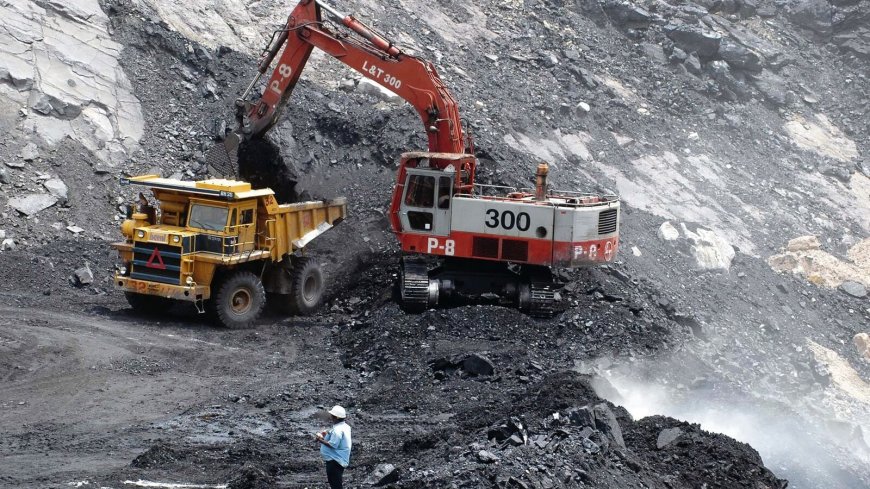
New Delhi | June 7, 2025
In a strategic push to reduce dependency on China and strengthen its critical minerals supply chain, the Indian government has unveiled a fresh set of policy measures to boost domestic production of rare earth magnets. These magnets, essential for electric vehicles (EVs), wind turbines, and defense equipment, have recently seen tightening supply due to China’s export restrictions—a move that has raised global concern.
Policy Announcement: Incentives for Magnet Manufacturing
The Ministry of Mines, in collaboration with the Ministry of Heavy Industries, has proposed fiscal incentives for companies investing in the local production of rare earth permanent magnets. These incentives include production-linked incentives (PLI), tax rebates, faster clearances for mining activities, and viability gap funding for large-scale projects.
According to officials, the policy aims to attract both public sector enterprises like IREL (India) Ltd. and private players to develop the entire value chain—from extraction of rare earth elements such as neodymium and dysprosium, to manufacturing magnets for industrial use.
"This initiative is not just about import substitution. It is a strategic imperative for India to secure critical supply chains for energy transition and national security," said a senior official from NITI Aayog.
Global Context: China's Grip Tightens on Magnet Exports
China, which controls over 80% of the global rare earth magnet market, imposed fresh export restrictions in 2024 citing "national interest" and environmental concerns. The move has disrupted supply chains across industries worldwide, leading to price volatility and sourcing challenges.
India, despite possessing 6% of the world’s rare earth reserves, contributes less than 1% to global magnet production. The new initiative is part of India’s broader plan to align with global shifts towards “friendshoring” and supply chain diversification.
Analyst Views: Strategic and Economic Opportunity
Market experts believe the government’s move will open new industrial opportunities in India.
"With the right policy push, India could emerge as a significant player in the rare earth magnet space, especially for EV and renewable sectors," said Aniruddha Sen, Metals and Mining Analyst at ICICI Securities.
"The fiscal incentives will make domestic projects financially viable, encouraging long-term capital inflows," he added.
Industrial Response: PSUs and Startups in the Spotlight
IREL (India) Ltd., the state-run miner specializing in rare earths, is expected to play a leading role in the initiative. It is reportedly in talks with technology providers from Japan and South Korea to set up a joint magnet production facility in Tamil Nadu.
Meanwhile, several Indian startups and mid-cap engineering companies are eyeing this space. Pune-based NeoMagTech, which designs prototype magnets for drones and EVs, welcomed the move.
"Access to fiscal support can help us scale from lab to plant. It’s a great chance for India to create an indigenous magnet industry," said CEO Ritu Sharma.
Sectoral Impact: EVs, Defense, and Wind Power to Benefit
The domestic magnet production plan is expected to benefit several high-growth sectors:
-
EV Manufacturers like Tata Motors and Mahindra Electric, which currently import magnets from China and Japan, could see cost advantages and supply assurance.
-
Wind Turbine Companies such as Suzlon and Inox Wind may also gain, given magnets are critical for turbine motors.
-
Defense & Aerospace sectors stand to enhance self-reliance as rare earth magnets are integral to radar systems, missiles, and communication equipment.
Investment Outlook: New Avenues in Critical Minerals
The policy shift opens new investment avenues in India’s critical minerals landscape. Companies in mining, advanced materials, and green tech can expect increased government support.
"We are already seeing early interest from global players who want to diversify away from China," said Vikram Batra, Director of Strategy at Invest India.
"Joint ventures, tech collaborations, and FDI are likely to pick up in this niche but strategic area."
Industry observers suggest investors should watch out for emerging players in the magnet and rare earth segments on the stock market. Shares of companies like Hindustan Copper, Nalco, and IREL (India) may see upward momentum in anticipation of long-term demand growth.
Challenges Ahead: Technology, Environment, and Scale
While the policy is a positive step, experts caution that challenges remain. Rare earth magnet production is technologically complex and environmentally sensitive. Setting up separation and smelting infrastructure can take years.
"India will need to ensure environmental safeguards and invest in R&D to avoid repeating mistakes seen in other mining-intensive regions," noted Dr. Anjali Mehta, an environmental economist at TERI.
Moreover, global competition is heating up with the U.S., EU, and Australia also pouring investments into their critical mineral sectors.
India’s move to ramp up domestic production of rare earth magnets is both a strategic necessity and an economic opportunity. As global supply chains undergo a tectonic shift, securing these crucial inputs will help India strengthen its manufacturing backbone, particularly in EVs, renewables, and defense.
With the right blend of fiscal incentives, technology partnerships, and regulatory clarity, India could position itself as a credible alternative in the global magnet market—ensuring both supply resilience and industrial competitiveness.
What's Your Reaction?
 Like
0
Like
0
 Dislike
0
Dislike
0
 Love
0
Love
0
 Funny
0
Funny
0
 Angry
0
Angry
0
 Sad
0
Sad
0
 Wow
0
Wow
0


